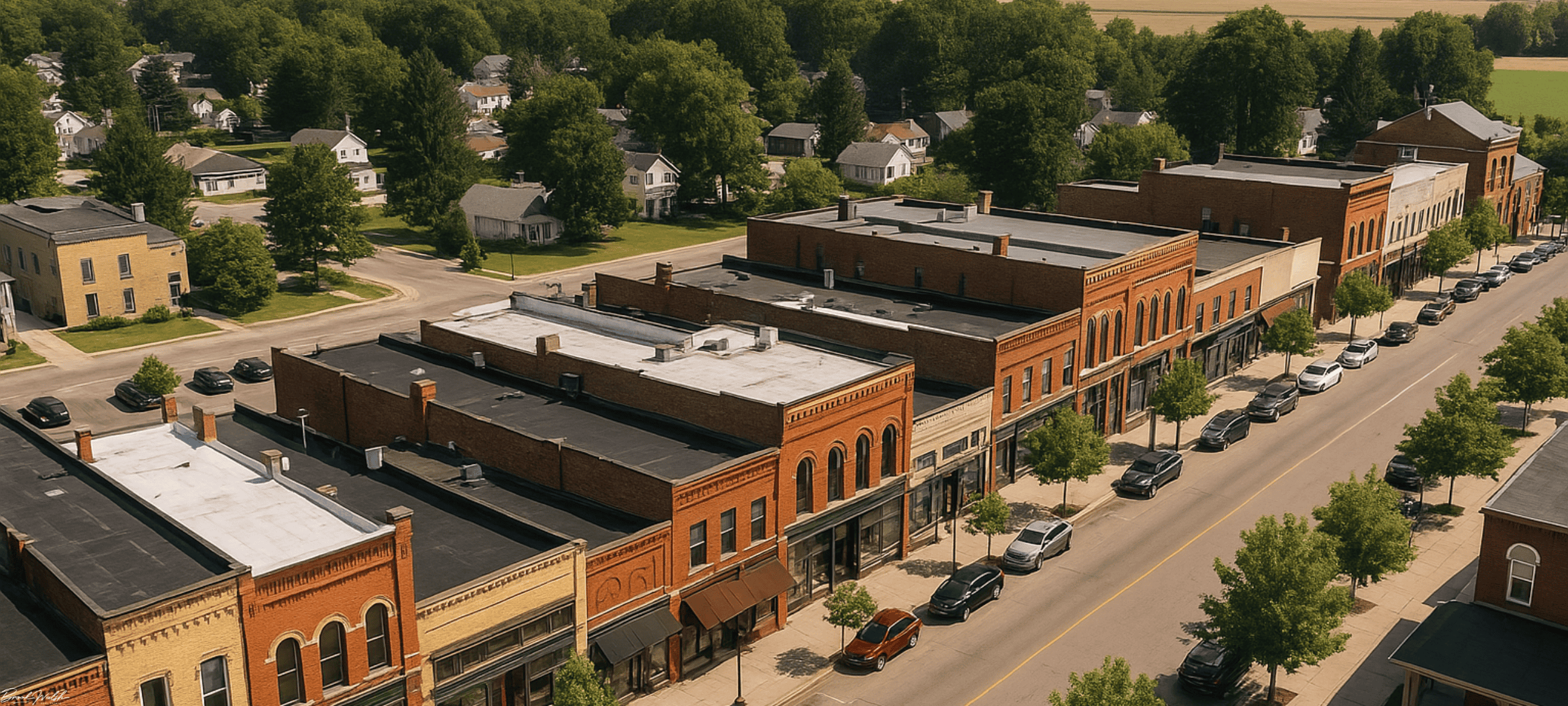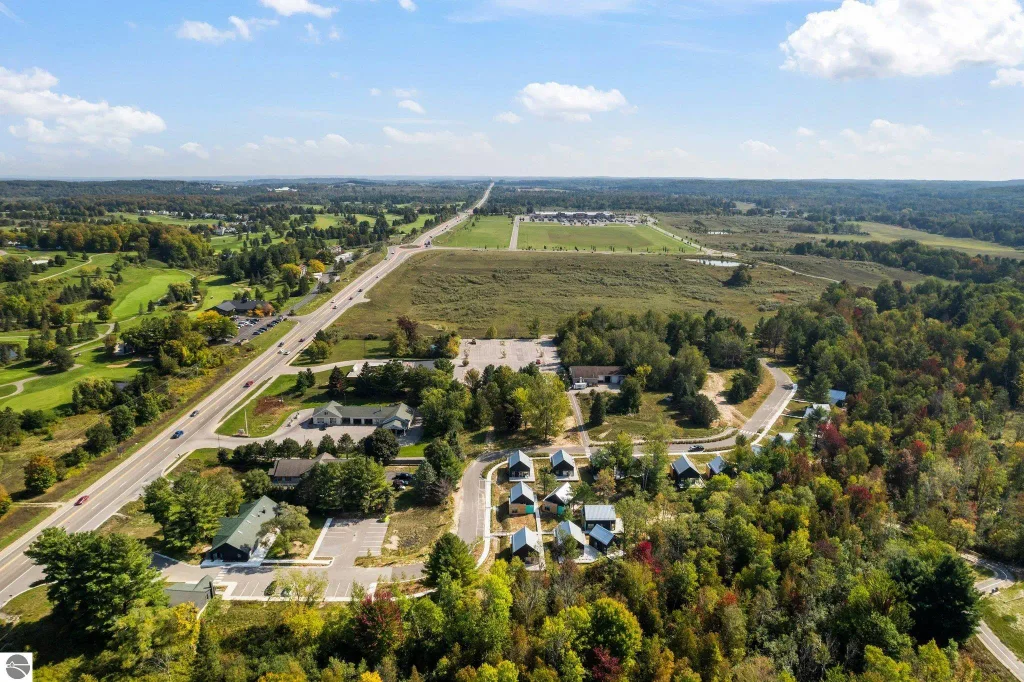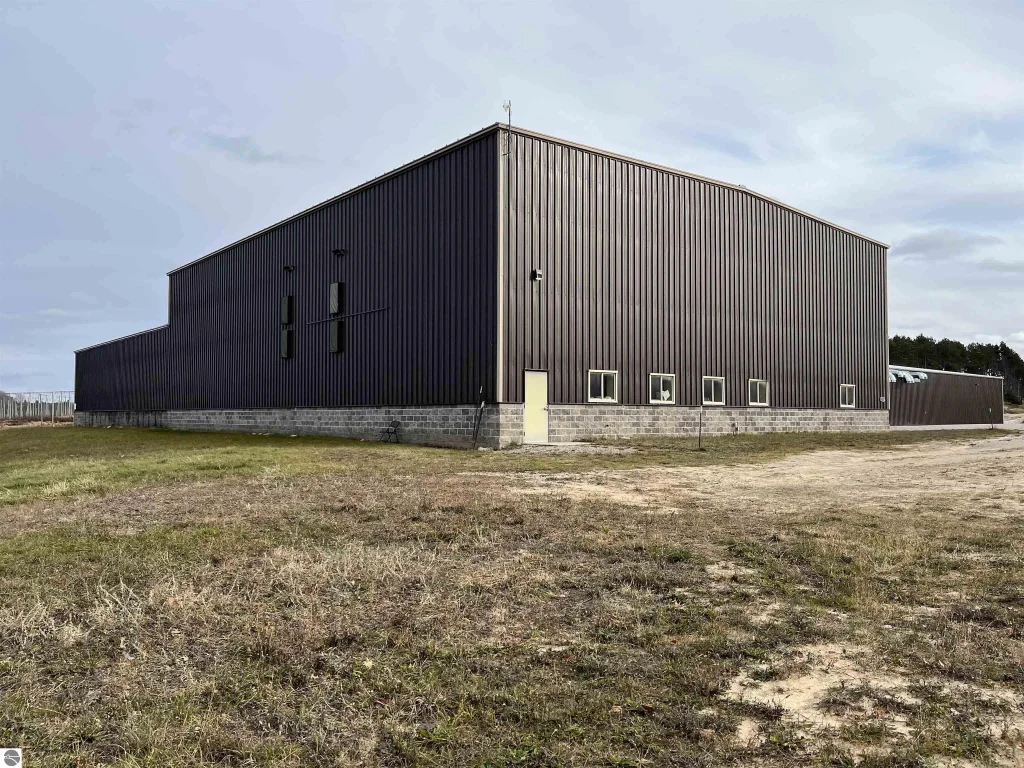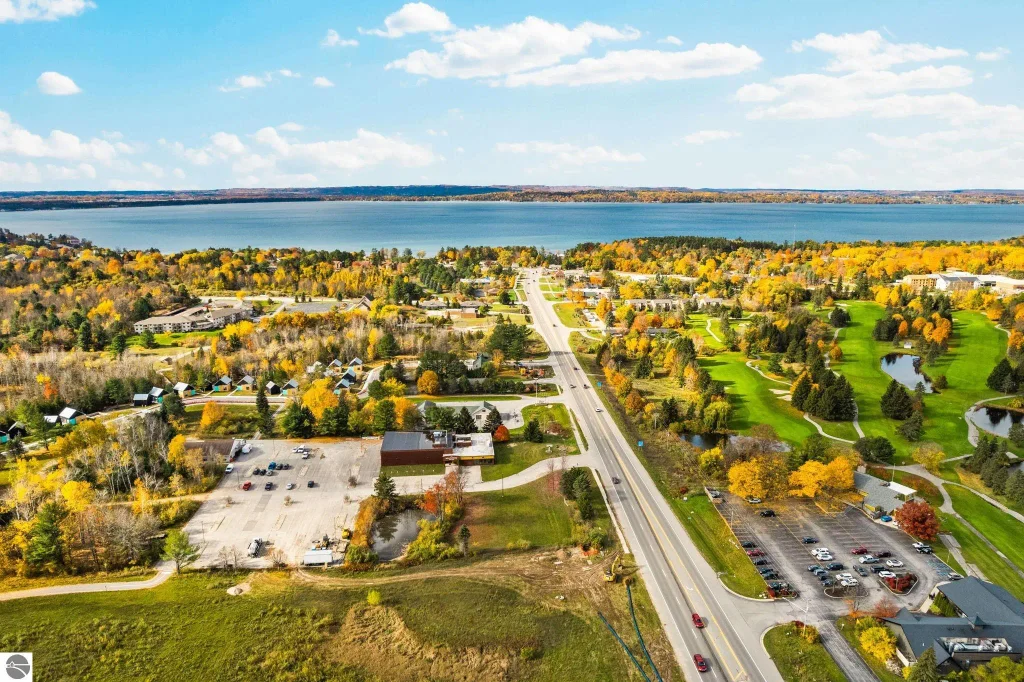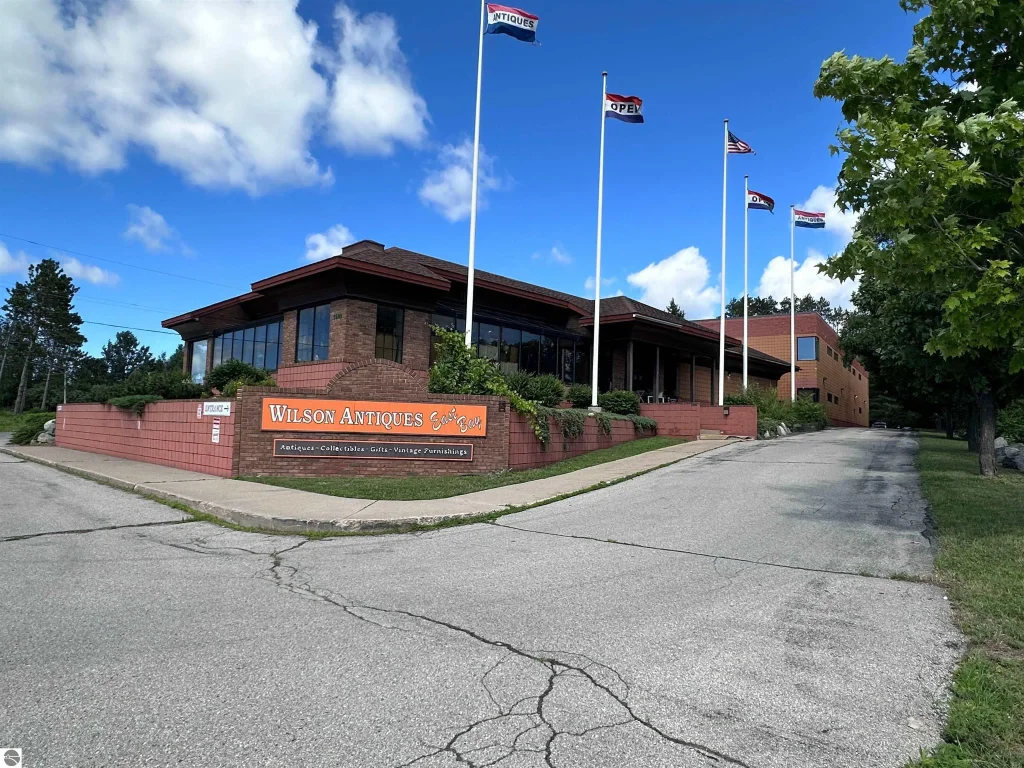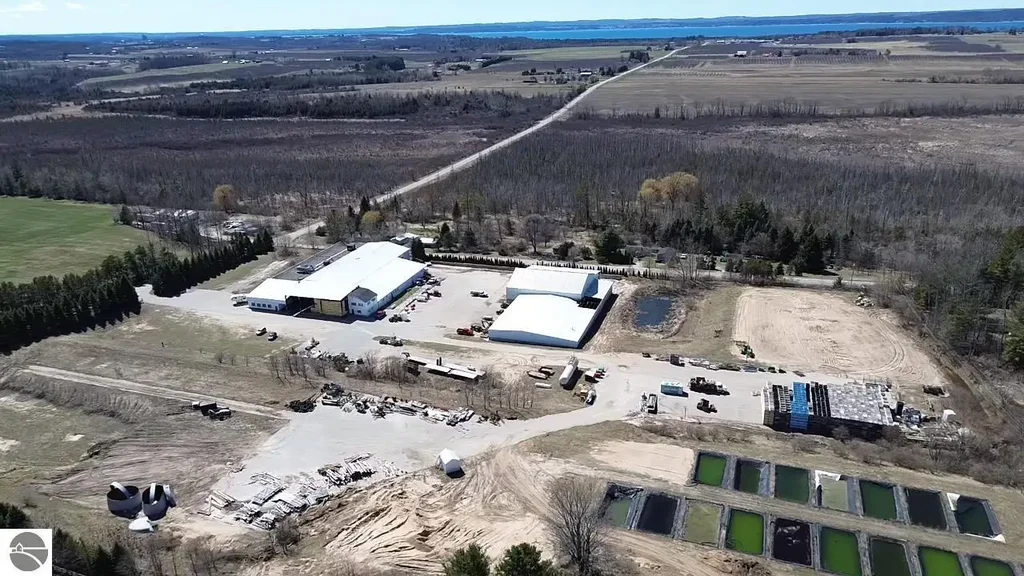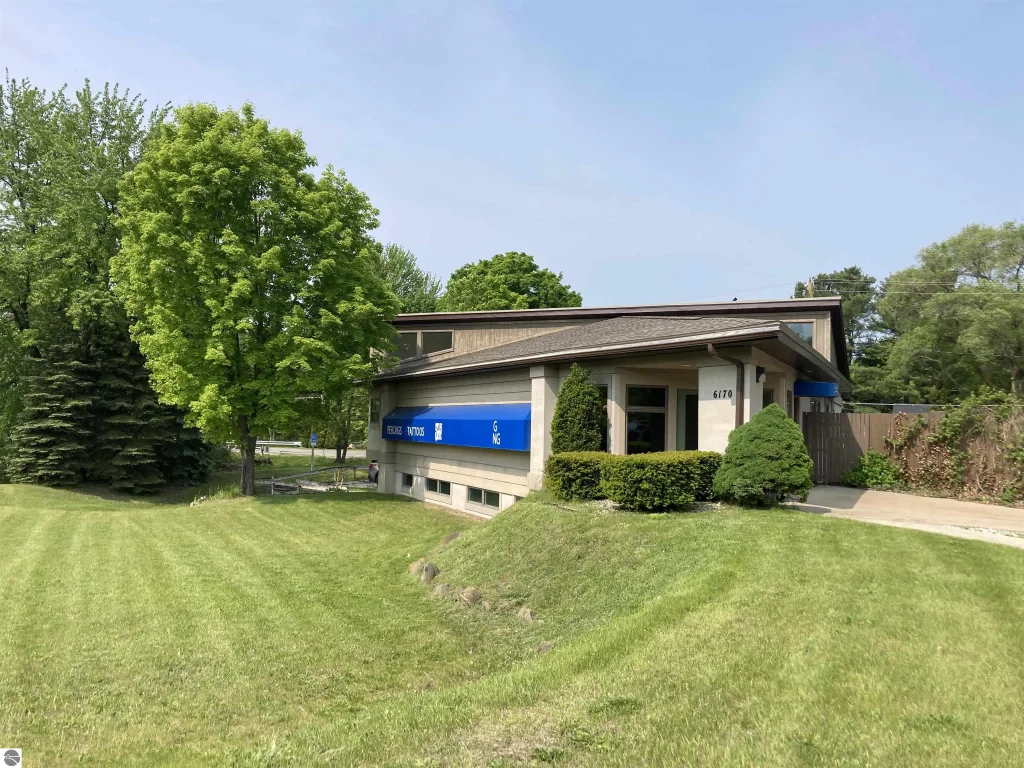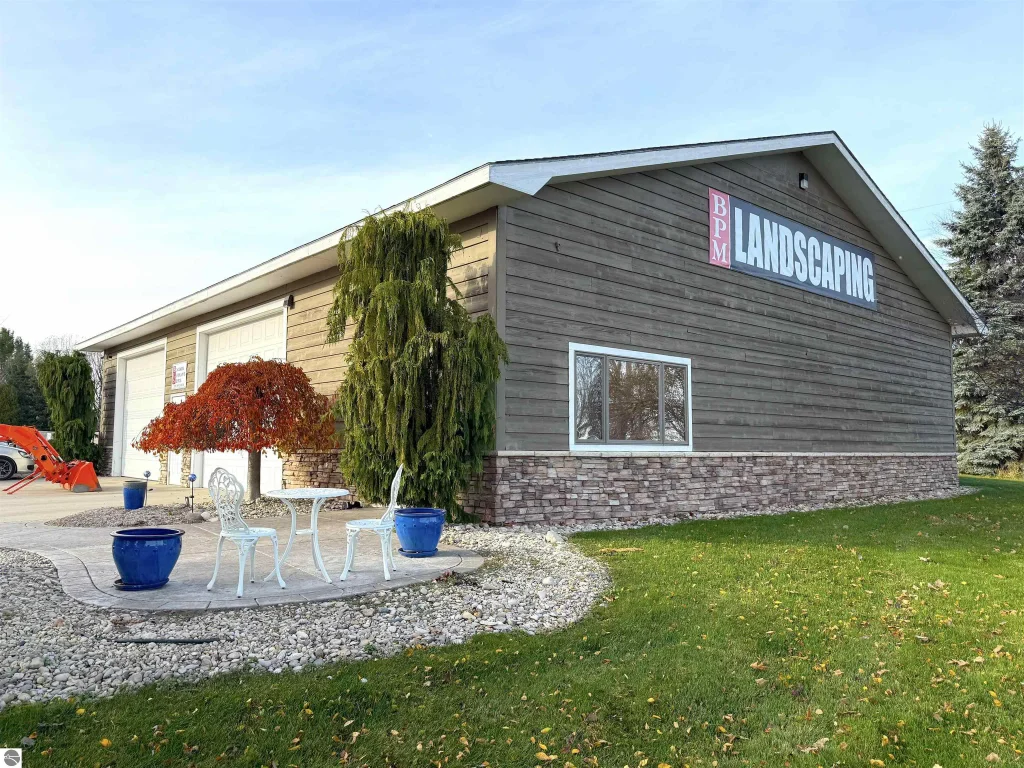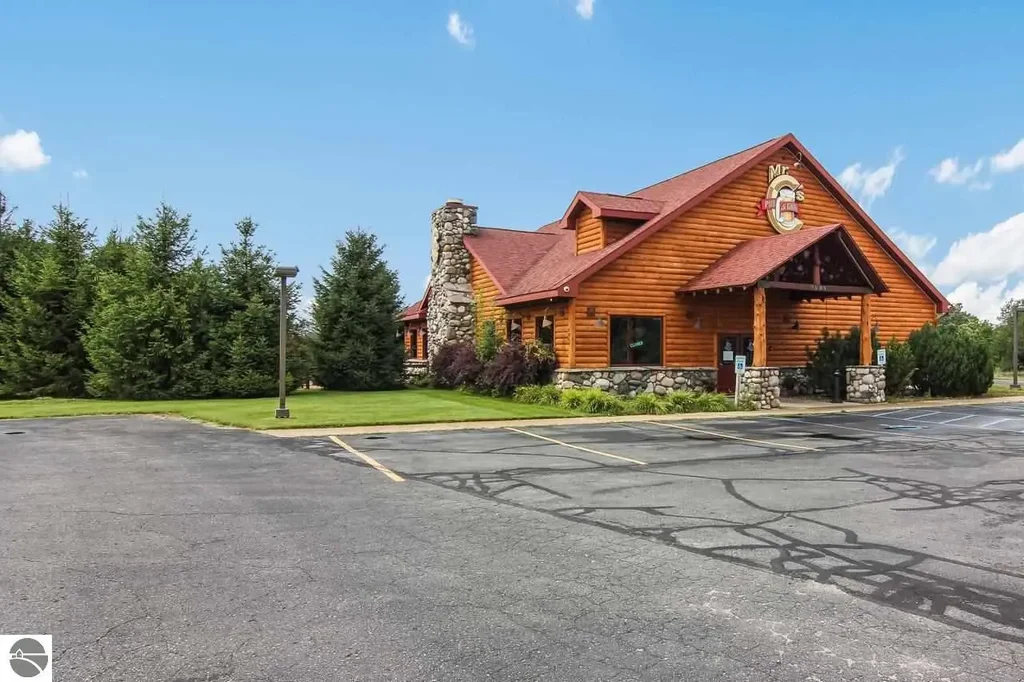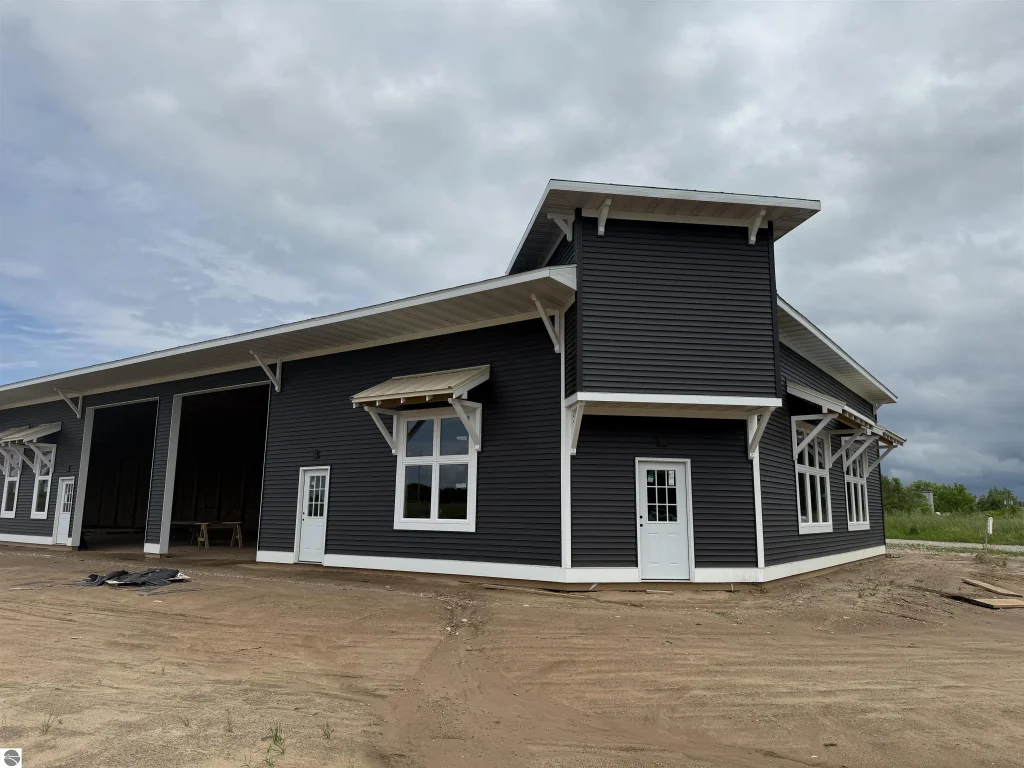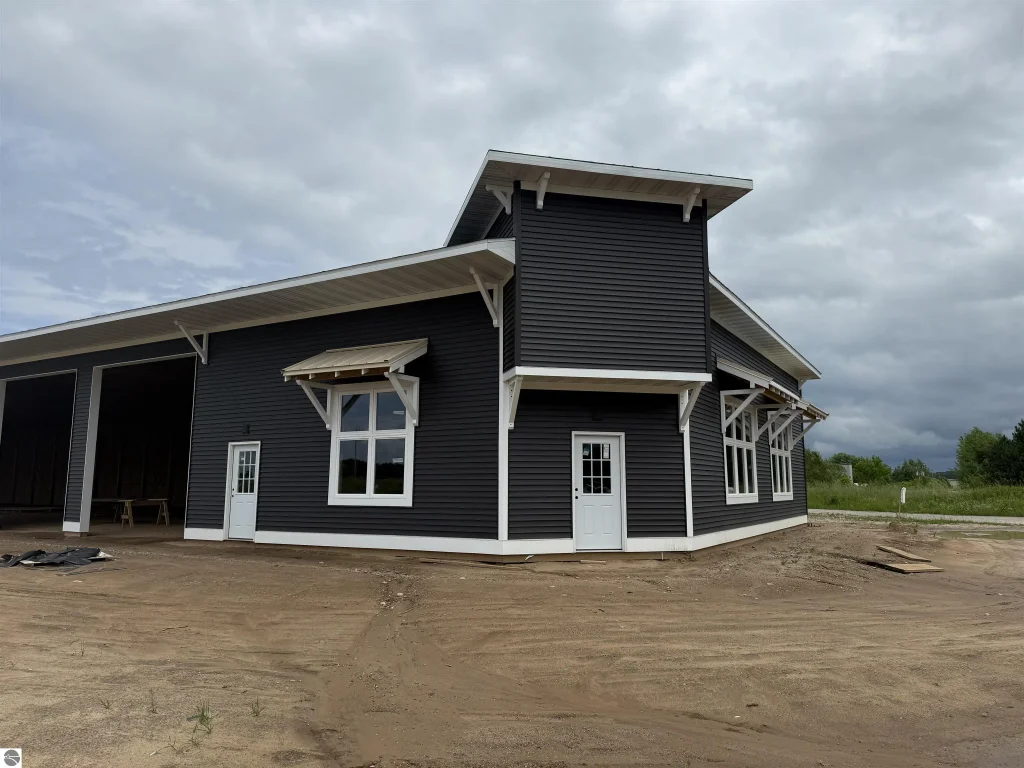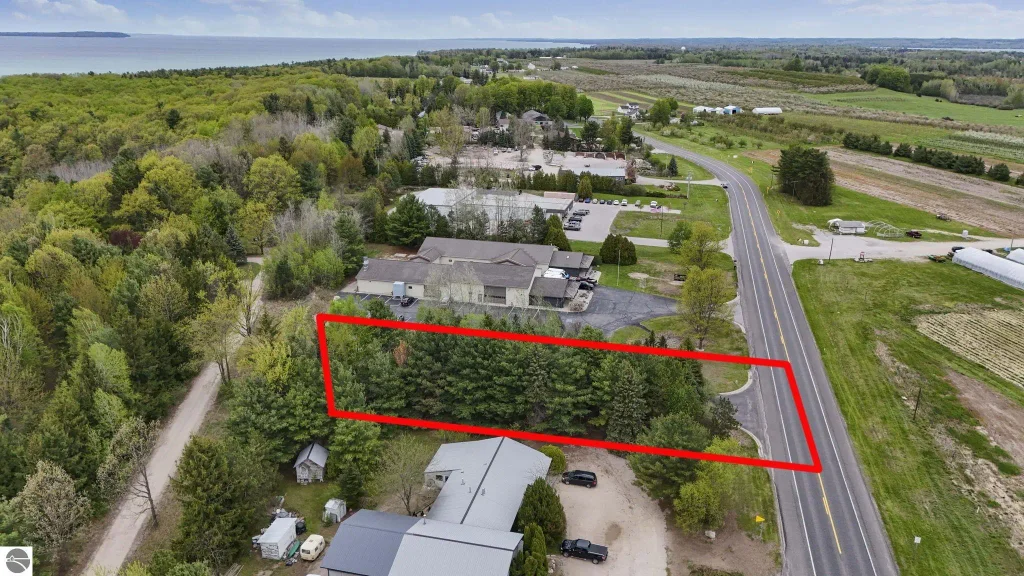Real Estate Statistics
| Average Price | $1.9M |
|---|---|
| Lowest Price | $215K |
| Highest Price | $14.9M |
| Total Listings | 15 |
| Avg. Days On Market | 123 |
| Avg. Price/SQFT | $739 |
Property Types (active listings)
Browse Williamsburg, MI Commercial Real Estate for Sale and Lease
- All Listings
- $200,000 - $300,000
- $300,000 - $400,000
- $600,000 - $700,000
- $700,000 - $800,000
- $900,000 - $1,000,000
- Over $1,000,000
Williamsburg, MI Commercial Real Estate for Sale and Lease: 7 Incredible Opportunities
Discover seven incredible sale and lease opportunities in Williamsburg, MI, with expert market insights, financing tips, and neighborhood breakdowns.
Market Overview of Williamsburg, MI Commercial Real Estate

Williamsburg, MI Commercial Real Estate for Sale and Lease has seen a remarkable upswing over the past decade, driven by steady population growth and strategic infrastructure investments.
Nestled between major highway arteries, Williamsburg offers easy access to Detroit, Flint, and Grand Rapids—making it a magnet for manufacturers, retailers, and service-based firms alike.
Contraction of vacant storefronts downtown has dropped from 12% to under 5% in the last two years, while new warehouse developments on the industrial fringe have ramped up, adding over 500,000 square feet of Class A space. According to the Michigan Economic Development Corporation, local unemployment sits below the state average at 3.8%, bolstering demand for office conversion projects and coworking spaces – a trend we’re likely to see accelerate as hybrid work models take hold External Link: Michigan Economic Development Corporation.
Key stats at a glance:
-
Average cap rate: 6.2%
-
Vacancy rate: 4.8% (down from 7.3% in 2023)
-
Annual rental growth: 3.5%
Why it matters: With strong economic drivers—manufacturing expansion, a thriving agritech sector, and a spillover from neighboring metro areas—Williamsburg’s commercial market is ripe for both seasoned investors and first-time buyers.
Prime Neighborhoods and Districts
Whether you’re scouting a high-visibility retail corner or a light-industrial site with expansive loading docks, Williamsburg delivers diverse submarkets:
| Neighborhood | Description | Key Features |
|---|---|---|
| Downtown Williamsburg | Historic district with repurposed brick storefronts, bistros, and professional offices. | Walkability, heritage facades, foot traffic |
| Industrial Corridor | Stretch along County Road 10 hosting logistics firms and flexible manufacturing spaces. | High ceilings, heavy-power hookups, rail spur access |
| Business Park Zone | Modern campus developments with tech firms, medical offices, and research labs. | Green space, shared amenities, high-speed fiber |
Each submarket has its own nuances. For example, Downtown leases tend to command $18–$22/SF, while Business Park offices average $14–$16/SF but offer long-term lease flexibility. Transitional areas between these zones are also emerging as hotspots for adaptive-reuse projects—which can yield sizeable ROI if you’re open to a value-add strategy.
Property Types and Features
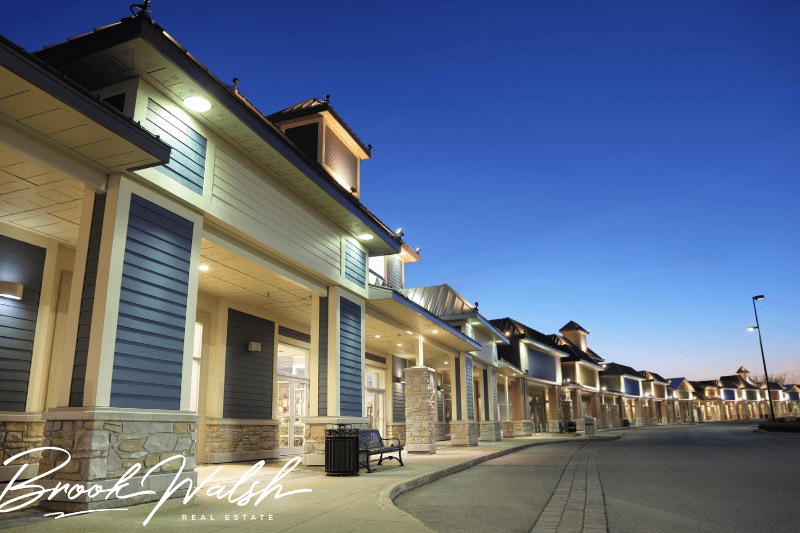
Williamsburg’s commercial portfolio falls into three broad categories:
-
Retail Spaces
-
Floor plans: 1,200–5,000 SF shells ready for tenant build-out.
-
Incentives: “Façade grants” up to $10,000 for historic rehabilitations.
-
Foot traffic: 1,500+ cars/day on Main Street.
-
-
Office Buildings
-
Class A: 10,000+ SF buildings with shared conference rooms and on-site café.
-
Co-working: Plans for a 75-seat coworking hub slated Q3 2025.
-
Lease terms: Typical 3–7 year net leases with landlord responsible for structural repairs.
-
-
Industrial & Warehousing
-
Space size: 20,000–200,000 SF, clear heights of 24–32 ft.
-
Loading: Dock-high doors, drive-in ramps, onsite rail spur potential.
-
Power: 480 V three-phase service available.
-
With the rise of e-commerce, last-mile distribution centers within 10 miles of Williamsburg are commanding premiums. Investors can’t ignore the uptick in cold-storage requests as local food producers seek nearby aggregation points.
Financing, Incentives, and Investment Strategies

Securing the right capital stack can make or break your Williamsburg deal. Here’s what you need to know:
-
Local Financing Options:
-
Community Development Block Grants (CDBG): Up to 20% of project costs for eligible projects.
-
USDA Business & Industry Loans: Low-interest options for rural commercial projects.
-
-
Tax Incentives & Grants:
-
Brownfield Redevelopment Credits: Refundable credits up to 55% on eligible remediation costs.
-
Michigan New Jobs Training Program (MNJTP): State-funded worker training grants.
-
Investment strategies to consider:
-
Value-add rehab: Purchase an underperforming retail block downtown for ~$50/SF, renovate, and reposition at $80/SF market rent.
-
Build-to-suit: Partner with a single credit tenant (like a national office user) to lock in a 10-year lease with annual escalations.
-
Triple-net (NNN) leases: Minimal landlord responsibilities and steady cash flow for passive investors.
Legal, Zoning, and Regulatory Considerations
Navigating Williamsburg’s regulatory landscape is straightforward—once you know the steps:
-
Zoning Classifications:
-
C-1: Central business district—retail, office.
-
I-2: Light industrial—warehousing, assembly.
-
BP: Business park—mix of R&D and professional services.
-
-
Permitting Processes:
-
Submit site plan to the Planning Commission (30–45 days).
-
Building permit turnaround: 15 days for shell permits; 30 days for full-build tenant fit-outs.
-
Historic district approvals (if applicable) add ~20 days.
-
Pro tip: Early coordination with the city planner can shave weeks off your timeline. And if you’re in a historic storefront, factor in façade-grant applications concurrently with your permit submittal.
Leasing vs Buying: Pros and Cons
| Strategy | Pros | Cons |
|---|---|---|
| Lease | Lower upfront cost, less maintenance risk, easier exit. | No equity build-up, potential for rent spikes. |
| Buy | Equity appreciation, financing rate lock, tax benefits. | Higher capex, holding costs, market risk. |
-
When to Lease:
-
You need flexibility (e.g., pop-up retailers).
-
Cash preservation is critical.
-
-
When to Buy:
-
You’re planning long-term operations (10+ years).
-
You want to capitalize on tax-benefit structures like bonus depreciation.
-
Steps to Begin Your Commercial Real Estate Journey

-
Identifying Your Goals:
Define target returns (cash-on-cash vs IRR), hold period, and risk tolerance. -
Assembling Your Professional Team:
-
Broker: Look for a specialist in Michigan commercial markets.
-
Attorney: Ensure experience with Michigan zoning and real estate law.
-
Lender: A local bank can offer more nimble underwriting.
-
-
Conducting Due Diligence:
-
Environmental: Phase I ESA typically $2,500–$4,000.
-
Survey & Title: Confirm easements, rights-of-way, and title exceptions.
-
Traffic Study: For retail pads, a traffic count may be required.
-
Frequently Asked Questions

-
What’s the average cap rate for commercial properties in Williamsburg?
A. Most properties trade between 5.5% and 7%, depending on submarket and tenant credit. -
Are there any opportunity zones in Williamsburg?
A. Yes—portions of the downtown district qualify, offering capital-gains deferral perks. -
How long does a typical lease take to negotiate?
A. Expect 4–6 weeks from term sheet to signed lease for standard office or retail spaces. -
Can out-of-state investors get financing in Michigan?
A. Absolutely—many regional banks and credit unions work with out-of-state borrowers with proper documentation. -
What’s the minimum square footage to consider in Williamsburg?
A. You’ll find retail condos as small as 1,000 SF, while industrial users rarely go below 10,000 SF. -
Where can I find demographic data for Williamsburg?
A. The U.S. Census Bureau’s website and local Chamber of Commerce publish annual reports.
Conclusion and Next Steps
Williamsburg, MI Commercial Real Estate for Sale and Lease offers a balanced mix of historic charm and modern growth. Whether you’re eyeing a storefront in the heart of downtown or a sprawling warehouse by the industrial park, the seven opportunities outlined here provide a roadmap to success. Next, connect with a local broker, secure financing options, and dive into site visits—your ideal commercial investment in northern Michigan awaits.
Continue your Northern Michigan commercial real estate search in the communities below or contact Brook Walsh to help you with your search.
Browse Other Communities
- Alanson, MI Commercial Real Estate
- Alpena, MI Commercial Real Estate
- Atlanta, MI Commercial Real Estate
- Bay Harbor, MI Commercial Real Estate
- Beaver Island, MI Commercial Real Estate
- Bellaire, MI Commercial Real Estate
- Beulah, MI Commercial Real Estate
- Brutus, MI Commercial Real Estate
- Boyne City, MI Commercial Real Estate
- Boyne Falls, MI Commercial Real Estate
- Cadillac, MI Commercial Real Estate
- Carp Lake, MI Commercial Real Estate
- Central Lake, MI Commercial Real Estate
- Charlevoix, MI Commercial Real Estate
- Cheboygan, MI Commercial Real Estate
- Cross Village, MI Commercial Real Estate
- East Jordan, MI Commercial Real Estate
- Elk Rapids, MI Commercial Real Estate
- Ellsworth, MI Commercial Real Estate
- Empire, MI Commercial Real Estate
- Fife Lake, MI Commercial Real Estate
- Frankfort, MI Commercial Real Estate
- Gaylord, MI Commercial Real Estate
- Glen Arbor, MI Commercial Real Estate
- Grayling, MI Commercial Real Estate
- Harbor Springs, MI Commercial Real Estate
- Hillman, MI Commercial Real Estate
- Honor, MI Commercial Real Estate
- Houghton Lake, MI Commercial Real Estate
- Indian River, MI Commercial Real Estate
- Interlochen, MI Commercial Real Estate
- Johannesburg, MI Commercial Real Estate
- Kalkaska, MI Commercial Real Estate
- Kewadin, MI Commercial Real Estate
- Kingsley, MI Commercial Real Estate
- Lake Ann, MI Commercial Real Estate
- Lake City, MI Commercial Real Estate
- Leland, MI Commercial Real
- Levering, MI Commercial Real Estate
- Lewiston, MI Commercial Real Estate
- Mackinac Island, MI Commercial Real Estate
- Mackinaw City, MI Commercial Real Estate
- Manton, MI Commercial Real Estate
- Manistee, MI Commercial Real Estate
- Maple City, MI Commercial Real Estate
- Northport, MI Commercial Real Estate
- Onaway, MI Commercial Real Estate
- Onekama, MI Commercial Real Estate
- Pellston, MI Commercial Real Estate
- Petoskey, MI Commercial Real Estate
- Rogers City, MI Commercial Real Estate
- Roscommon, MI Commercial Real Estate
- Suttons Bay, MI Commercial Real Estate
- Tawas City, MI Commercial Real Estate
- Thompsonville, MI Commercial Real Estate
- Topinabee, MI Commercial Real Estate
- Traverse City, MI Commercial Real Estate
- Vanderbilt, MI Commercial Real Estate
- Walloon Lake, MI Commercial Real Estate
- Williamsburg, MI Commercial Real Estate
- Wolverine, MI Commercial Real Estate

Start searching for your dream home now.
When it comes to convenience, our site is unparalleled. Whether you're in the comfort of your home, or on the go.
Our site works flawlessly on multiple devices so you can find the information you need.

